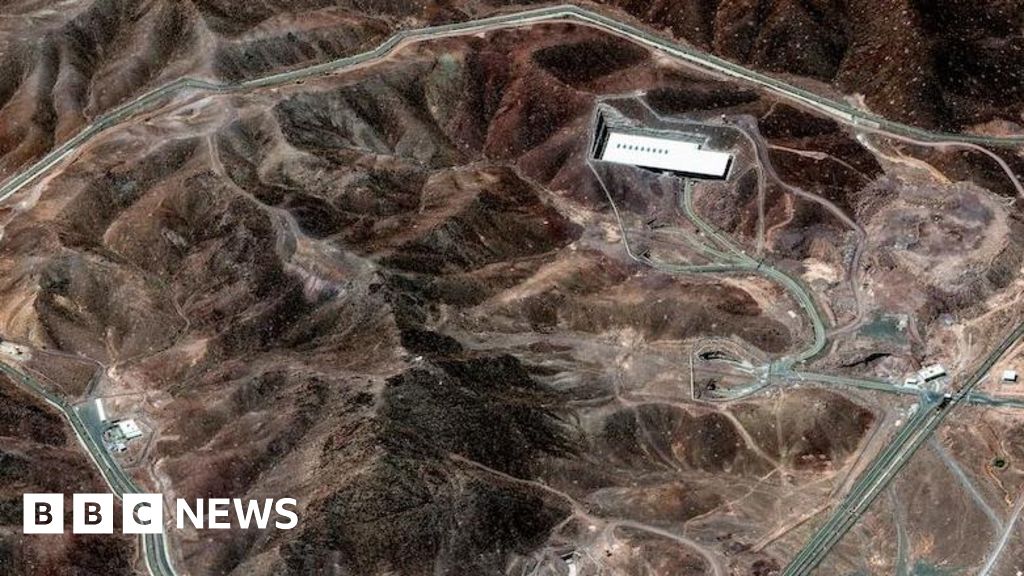What Happened
In recent developments, tensions between the United States, Israel, and Iran have escalated significantly following a series of military strikes. The U.S. conducted airstrikes on three Iranian nuclear facilities, including the Fordo enrichment plant, which is crucial to Iran’s nuclear ambitions. President Donald Trump announced the strikes as a “successful” operation, claiming that the facilities were “obliterated.” The strikes were reportedly carried out in coordination with Israel, which has been actively targeting Iranian military capabilities in the region.
In retaliation, Iran launched a barrage of missiles aimed at Israel, marking a significant escalation in the ongoing conflict. Reports indicate that Iran fired over 400 missiles and drones, resulting in injuries and damage in Israeli cities, including Tel Aviv and Haifa. The Israeli military has claimed to intercept many of these missiles, but some have successfully struck their targets, leading to casualties on both sides.
Key Details
- U.S. Strikes: The U.S. targeted three nuclear sites in Iran: Fordo, Natanz, and Isfahan. The Fordo facility is particularly notable for its depth and strategic importance in Iran’s nuclear program.
- Weaponry Used: The U.S. reportedly employed the GBU-57 Massive Ordnance Penetrator (MOP), a bunker-buster bomb capable of penetrating significant depths of concrete and earth.
- Iran’s Response: Iran’s military response included the launch of missiles towards Israel, with reports of at least 16 injuries in Israeli cities. Iranian officials claimed that the damage from the U.S. strikes was minimal, asserting that materials had been evacuated prior to the attacks.
- Casualties: Iranian state media reported over 430 civilian deaths and more than 3,500 injuries due to Israeli strikes, while Israeli officials reported 24 deaths and over 1,000 injuries from Iranian missile attacks.
Multiple Perspectives
The situation has elicited varied responses from political leaders and analysts. President Trump characterized the U.S. strikes as a necessary action to prevent Iran from developing nuclear weapons, emphasizing the need for a diplomatic resolution to avoid further military engagement. Some Republican lawmakers supported the strikes, arguing that they were essential for national security.
Conversely, critics, including some Democrats and independent analysts, have expressed concerns about the potential for escalating conflict. They argue that the strikes could entangle the U.S. in a broader war in the Middle East, with some labeling the action as unconstitutional without Congressional approval. For instance, Senator Bernie Sanders criticized the strikes as “grossly unconstitutional,” emphasizing the need for Congressional oversight in matters of war.
Internationally, reactions have varied. The UK Prime Minister acknowledged the U.S. action as a response to a “grave threat” from Iran, while the UN Secretary-General described the strikes as a dangerous escalation. Countries like Saudi Arabia expressed concern, and Oman condemned the attacks, calling for de-escalation.
Context & Background
The backdrop to these events includes a long-standing conflict between Israel and Iran, characterized by mutual hostility and military confrontations. Israel views Iran’s nuclear program as an existential threat, while Iran insists its nuclear ambitions are peaceful. The recent airstrikes by Israel on Iranian military targets were described as a preemptive measure to dismantle Iran’s nuclear capabilities, prompting the U.S. to take military action in support of its ally.
This escalation comes amid a broader context of geopolitical tensions in the Middle East, where U.S. involvement has historically been contentious. The dynamics of U.S.-Iran relations have been fraught, particularly following the U.S. withdrawal from the Iran nuclear deal in 2018, which has led to increased hostilities and military posturing from both sides.
What We Don’t Know Yet
Several uncertainties remain regarding the full impact of the U.S. strikes on Iran’s nuclear capabilities. The extent of the damage to the targeted facilities has not been fully assessed, and Iranian officials have downplayed the consequences, claiming that critical materials were removed beforehand. Additionally, the long-term implications of Iran’s retaliatory missile strikes on Israel are still unfolding, with concerns about further escalation and civilian casualties on both sides.
Moreover, the strategic calculations of both Iran and Israel in the wake of these events are not entirely clear. Analysts are closely monitoring how Iran might choose to respond in the coming days and weeks, particularly regarding its missile arsenal and military capabilities. The situation remains fluid, with ongoing developments likely to shape the regional security landscape in the near future.


